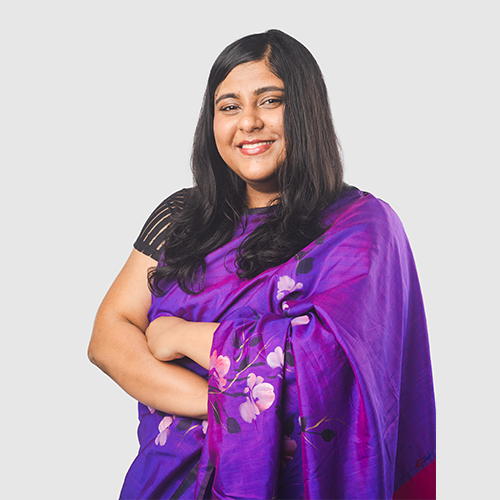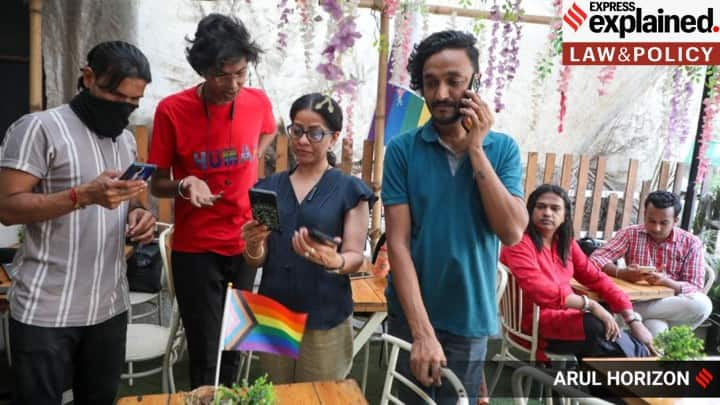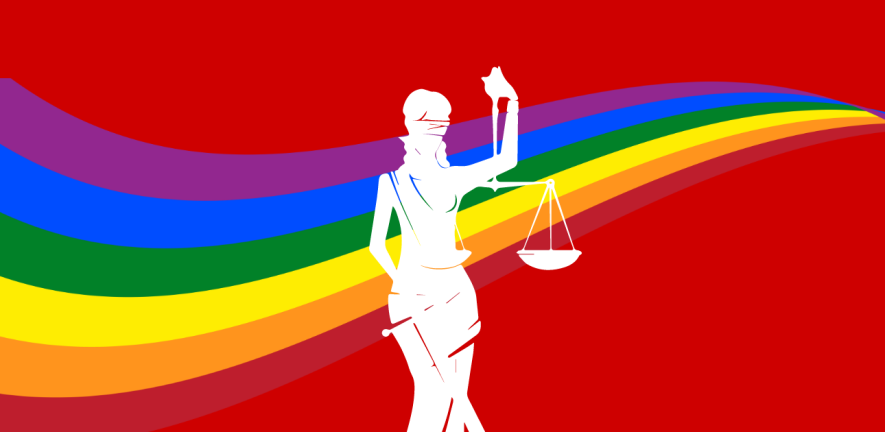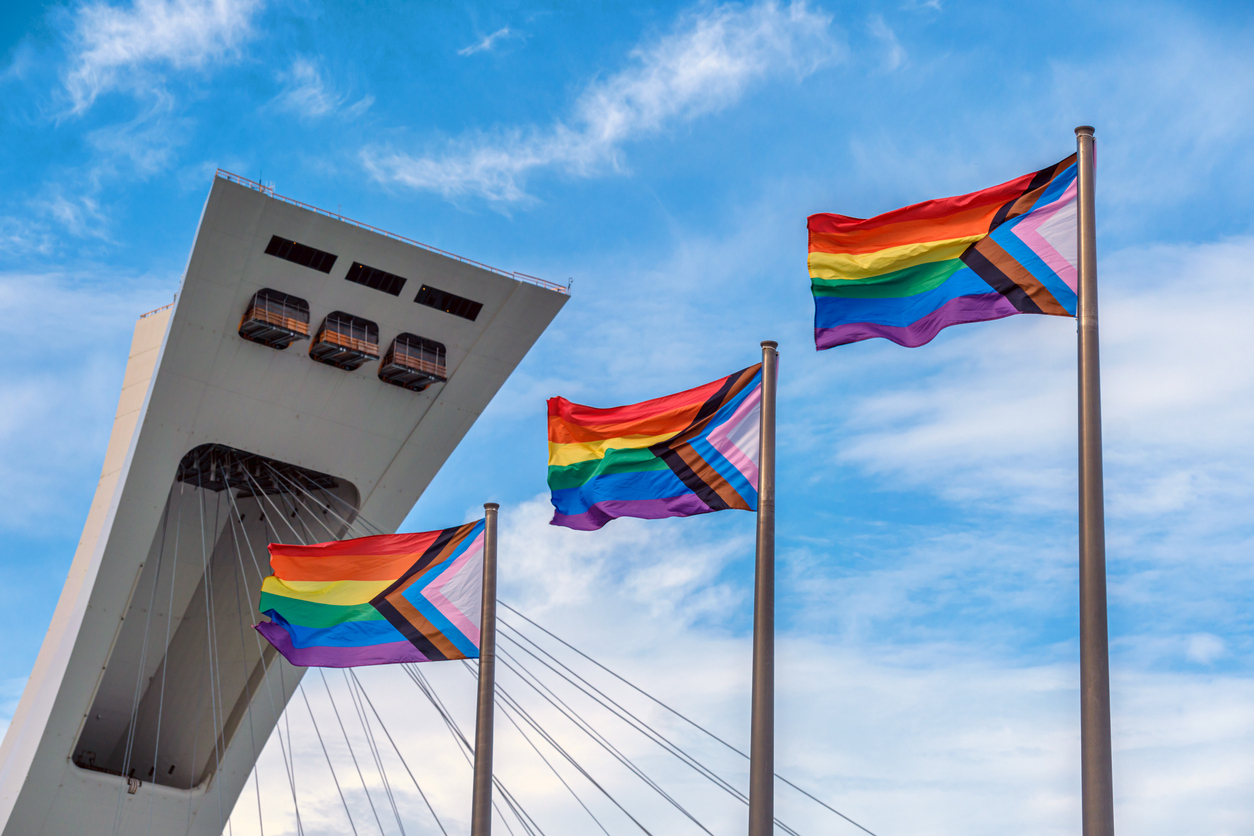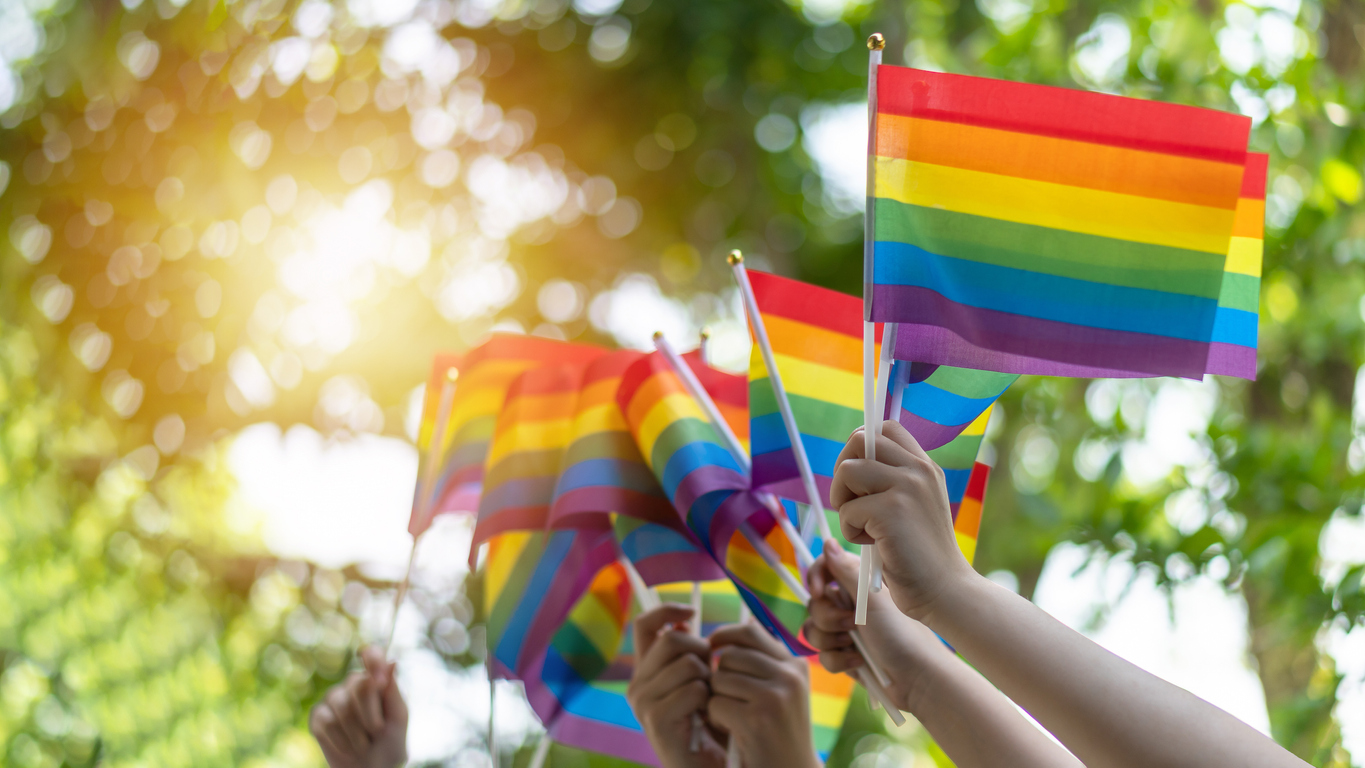
Whose (Marriage) Rights are These Anyway?
This post is part of the #VidhiBeyondMarriageEquality series, and examines misplaced arguments about the “elitist” nature of demands for marriage equality in India
A counter-affidavit filed by the Union of India (UoI) in the marriage equality proceedings argued that demands raised in the current litigations merely represent “urban elitist views for the purpose of social acceptance” – as opposed to what according to them is the “popular will of the people”. Their submissions went on to claim that “Given the fundamental social origin of these (marriage) laws, any change in order to be legitimate would have to come from the bottom up and through legislation.”
This argument was echoed by the statement released by the Bar Council of India (BCI), which asserted that “More than 99.9% of the people of the country are opposed to the idea of same-sex marriage in the country”, adding that a decision in favour of the petitioners would be “against the culture and socio-religious structure of the country”. The BCI – referring to itself as a “mouthpiece of the common men”, which is ironic considering criticisms levelled against the lack of diversity and democracy in its own constitution – pushed for an “elaborative consultation process involving different social, religious groups” as the basis for legislative reform.
The Supreme Court responded to the argument about the elitist nature of these demands by saying that the central government could not dub the idea of same-sex marriage as an “urban-elitist” concept, especially in the absence of data evidencing such claims. Justice D.Y. Chandrachud went on to add that the manifestations of these demands may seem urban because more urban people have been able to come out of the closet.
Diversities and ground realities
Justice Chandrachud’s response, while commendable in the face of unsubstantiated and dangerous claims made by the UoI, fails to recognise that the fight for visibility, representation, and human rights has historically been led by marginalised sections of the queer community.
The twenty petitions on marriage equality currently before the Supreme Court have not adopted the public interest litigation route – individual petitions often mean that in the absence of financial or social support for marginalised persons, those belonging to relatively privileged socio-economic groups have a higher chance of accessing the judicial process. However, even among the fifty named petitioners in this matter, there is representation from working class, non-urban, and otherwise marginalised communities. Some petitioners have come from places like Baranagar, Darbhanga, and Howrah. Zainab Patel is a hijra transgender activist who was forced into beggary after being disowned by her family, Akkai Padamshali is a transgender activist who has been a sex worker in the past and is part of the urban poor, while Rituparna Borah identifies herself as an “indigenous, disabled, cis, queer, English-speaking woman who is from a village (in Assam) but now lives in Delhi, second-generation learner and sexual abuse survivor”.
Going beyond the current litigation, the petitioner in the groundbreaking judgement of the Madras High Court in Arunkumar v. Inspector General of Registration, which recognised the right of a transgender woman to be considered as a ‘bride’ as per the Hindu Marriage Act of 1955, was Srija – a transgender woman from Thoothukudi who was assigned intersex at birth.
Many queer persons across different parts of India and diverse caste, class, religious, and gender groups, are in alignment with the petitioners. Diverse transgender persons have consistently spoken about the importance of marriage rights in their lives. Dr L. Ramakrishnan, Vice President of SAATHII, observes that the demand for marriage equality does not come exclusively from the urban elite – it has also been raised consistently by working class queer persons across diverse gender identities and geographies. He adds, “The concept of marriage holds meaning for many members of the queer community, and that should be respected.”
Apart from the intrinsic value of respecting one’s rights, it is important to understand that society in general and Indian society in particular, has historically over-privileged marriage as the basis to fulfil other needs such as housing, finance, health, and community. An amalgamation of written rules and social norms makes it difficult for unmarried persons to flourish as autonomous social beings, by tying these social spheres to natal or marital families. In such a situation, in some cases, marriage to a partner of choice may be one of the only avenues to social security – which may become especially important for socio-economically marginalised queer persons with limited financial or social capital.
(Where) does the elitism argument matter?
Criticisms about the “elite, urban, and western” nature of queer demands (and queerness itself), have been levelled time and time again in India. Most notably, it was seen in the struggle for decriminalising Section 377 of the Indian Penal Code to the extent that it criminalised consensual sexual relations between adults of the same sex / same gender. The dubious nature of such criticisms aside, can the demand for a right be devalued merely because a limited category or number of people may be affected?
Making human rights contingent on a numerical majority is dangerously reductionist – if decisions or opinions of the majority try to curtail the rights of a minority, the universality of human rights implies the non-negotiable importance of continuing to uphold such rights. This is also recognised in the need to respect constitutional morality irrespective of popular mandates. As thoughtfully articulated by student groups from 36 Indian law schools in their response to the BCI statement, “Our Constitution is a counterweight to majoritarianism, religious morality, and unjust public opinion”. In essence, whether or not the demand for a right comes from a numerical minority simply does not (or should not) matter to the conscience of either a court or a constitutional democracy.
The arguments raised by the UoI and BCI regarding elitism in the marriage equality matter are misplaced – concerns of elitism and plurality do have a place in a social movement, but not to serve as a basis to deny human rights. Such concerns should instead inform a push for community consultations and inclusion of a diverse, plural bouquet of demands – taking into consideration the lived realities of queer people at various intersections of caste, class, faith, gender, and sexuality. For example, restricting the demands raised before the court to just marriage equality, would not address related queer issues pertaining to child custody, inheritance, and natal violence. Dr Ramakrishnan says, “a mere expansion of the Special Marriage Act of 1954 to include queer and trans couples would be symbolically powerful, but apart from a small minority of privileged folks who have parental acceptance, most queer and trans persons would continue facing discrimination and violence from their families and the society at large”. Concerns and demands regarding horizontal reservations for transgender persons, recognition of the right to chosen families beyond monogamous couple structures, and caste and class biases within the community, should be mainstreamed in queer activism and adequately considered by the State and the judiciary. While there is value to incremental recognition of rights, we must continually examine why demands raised by members of the community who are deemed “respectable” are privileged over others – and how these gaps may be bridged.
Criticisms of elitism, therefore, should not be the basis for denial of human rights, but for enriching and diversifying a meaningful rights-based discourse for all rights – including those of the queer community.
